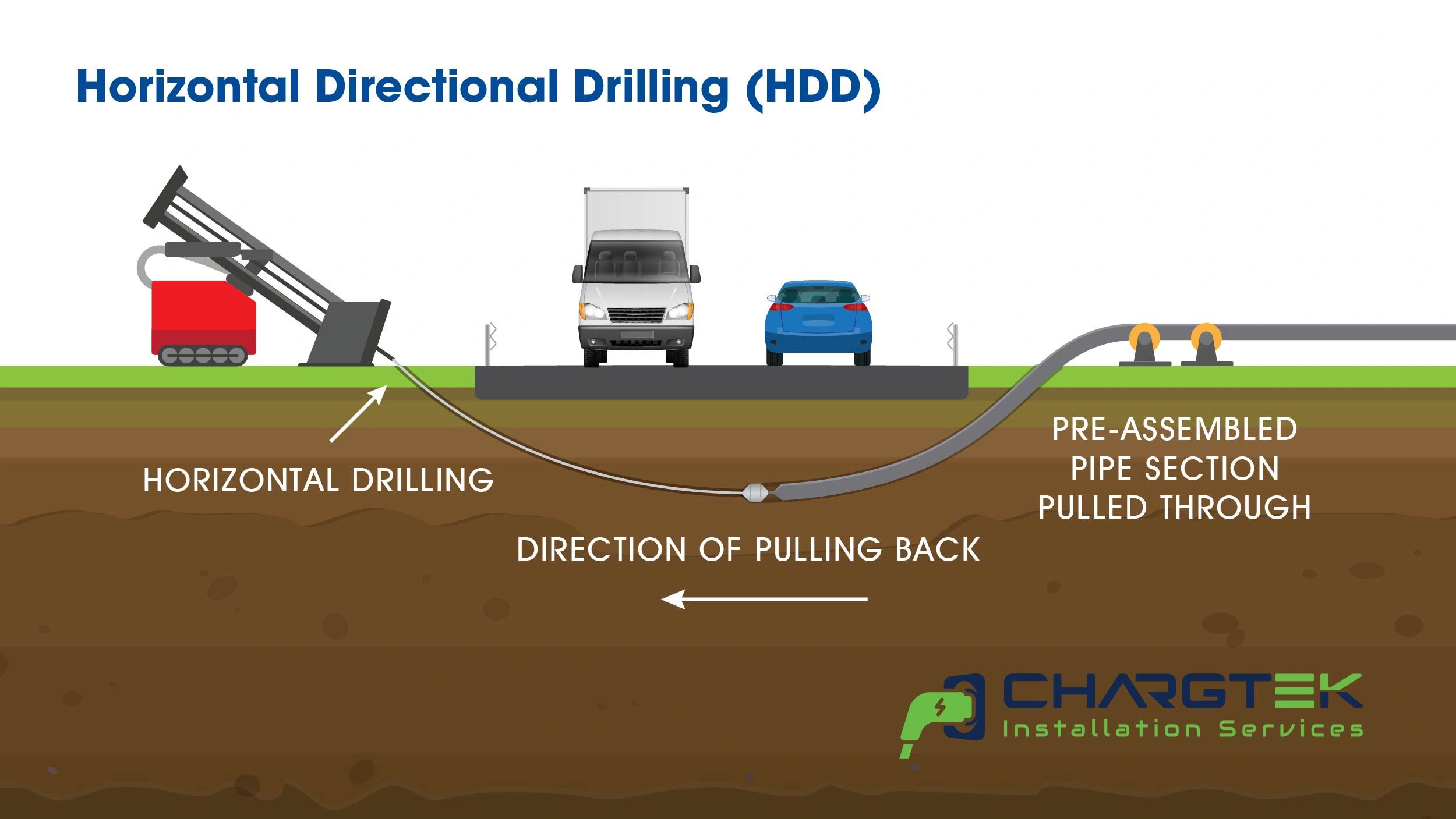Directional drilling techniques has emerged as a groundbreaking technique in various industries, enabling the installation of utilities, transportation lines, and renewable energy projects while minimizing surface disruption. For those new to this method, it entails drilling non-vertical boreholes to access targets that are often far away from the drilling rig. This precision not only optimizes resource extraction in the petroleum industry but also plays a vital role in constructing metropolitan infrastructure effectively and with minimal impact.
As we delve into this thorough guide, we will examine the evolution of directional drilling technology, its various applications, and the benefits it provides over conventional drilling methods. Whether you are a newcomer seeking to understand how directional drilling works or an industry professional looking to stay updated on the latest trends, this article will provide valuable understanding into maneuvering through the world of directional drilling techniques. From tracking systems to tools utilized, we will cover the fundamental facets that distinguish this innovative approach to underground drilling.
Grasping Angled Drilling
Angled boring is a current excavation technique that permits drillers to drill holes at multiple inclinations rather than merely vertically below. This capacity to steer the borehole makes it feasible to tap into below-ground resources that are not straight accessible, thereby boosting productivity and reducing costs in the drilling process. The method is particularly advantageous in metropolitan regions where surface interference must be limited and in rugged terrains where traditional excavation would be inefficient.
One of the main benefits of angled drilling is its adaptability. Operators can move around obstacles such as current conduits, facilities, and natural characteristics, enabling the mining of resources without extensive ground disturbance. Additionally, this approach facilitates the boring of multiple shafts from a one location, optimizing land and reducing the nature-related footprint. As a outcome, angled excavation has become integral in diverse industries, such as oil and gas, public services, and green power initiatives.
As innovation continues to progress, the tools and approaches used in angled boring have evolved significantly. Currently, cutting-edge monitoring systems and boring tools provide real-time data, enhancing the exactness and trustworthiness of borepath navigation. This advancement not only boosts operational productivity but also contributes to the safety and sustainability of drilling operations, guaranteeing that directional drilling remains an essential activity in current construction development.
Advantages of Directional Boring
Directional drilling provides many benefits over conventional boring methods, primarily through its capability to reach target areas without disturbing the topsoil landscape. This technique is especially beneficial in urban environments where surface interference can lead to significant logistical issues and increased expenses. By drilling at various angles and depths, teams can tap into resources located under buildings, roads, and waterways, minimizing the necessity for large-scale digging and surface restoration.
Another, crucial benefit of advanced boring is its effectiveness and cost-efficiency. The capability to perform several lateral boreholes from a central site reduces boring time and cuts down on equipment mobilization expenses. This streamlined process not just saves funds but also minimizes the environmental footprint of drilling operations. With tech innovations in bore path design and tracking, firms can further enhance their boring techniques and minimize process delays.
Moreover, horizontal drilling plays a vital role in improving security and reducing environmental effects. By limiting the degree of surface disturbance, the risks linked to traditional boring methods, such as slips and water contamination, are significantly reduced. This is especially crucial in fragile environmental regions where maintaining the integrity of the environment is essential. As companies more and more prioritize sustainable approaches, the advantages of directional boring correspond to larger initiatives to promote sustainable material harvesting and construction growth.
Upcoming of Directional Drilling
The prospects of directional drilling is set for major improvements as technological advances continues to evolve. Developments in excavation machinery and methods are enabling professionals to gain higher exactitude and efficiency. The combination of machine intelligence and machine learning is anticipated to boost forecasting functions, permitting for superior choices during drilling tasks. These technologies are not only boosting excavation correctness but also maximizing the overall efficiency of the boring process.

In addition to tech-related progress, there is a rising focus on sustainability within the directional excavation industry. As Vacuum Excavation Northern Ireland for clean energy alternatives grows, directional boring plays a key role in supporting the construction of sustainable energy facilities such as solar farms. Professionals are exploring eco-friendly drilling liquids and methods designed to minimize ecological impact, making sure that initiatives align with global eco-friendly goals.
Additionally, as metropolitan areas develop, the need for effective underground utility setup becomes essential. Directional drilling is positioned to support this need by providing a non-disruptive solution for putting in essential services. Future improvements in software and detection devices will allow even more precise bore path planning and tracking, making directional excavation an indispensable asset in current urban construction projects. This rising trust on directional excavation highlights its role in forming the future of construction and utility management in densely crowded areas.
